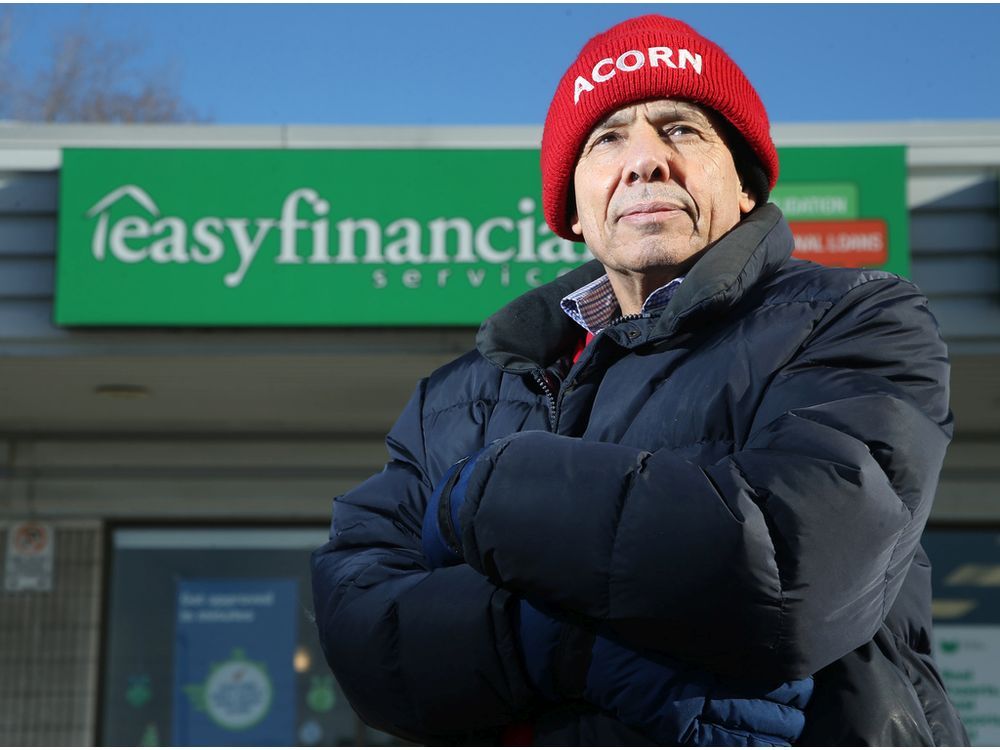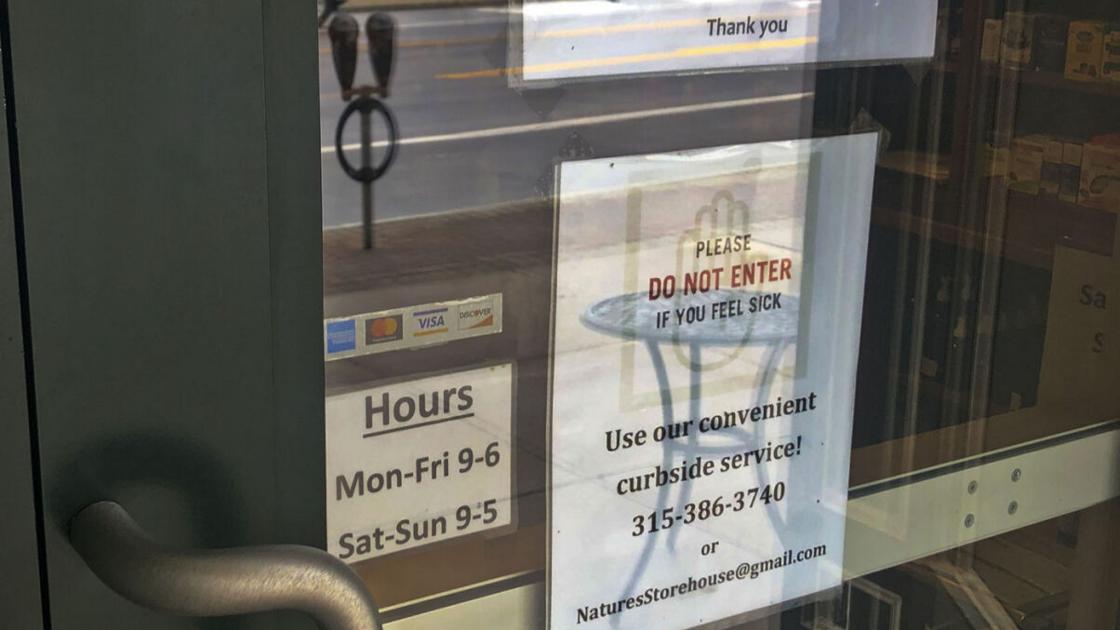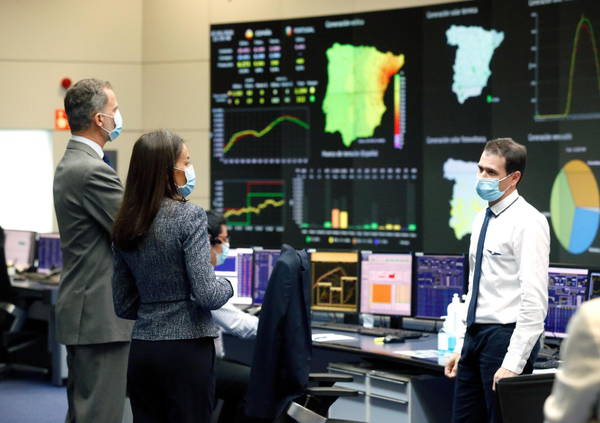PARIS — In recent years, couriers working for meal delivery startups generously financed by investment funds have become one of the symbols of the “uberization of work”. While for the most part their freelance status remains prevalent around the world, the norm is changing. In February 2021, British meal delivery specialist Just Eat struck a chord when it announced the recruitment of 4,500 permanent workers in France, a country known for its strong worker protections and powerful unions.
Meal delivery apps like Britain’s Deliveroo and America’s Uber Eats haven’t taken the leap. But more and more grocery delivery startups – which deliver supermarket produce in less than 15 minutes – are employing their staff, only using temps to meet peaks in demand.
Better working conditions
This choice is a response to growing criticism of the “gig economy” and also a precaution for the future. In several European countries, justice threatens to reclassify as employees delivery people using bicycles, motorcycles or cars. In France, the creation of a third status – alongside that of employee and self-employed – is debated.
By betting on hiring their employees, startups allow delivery people to have a fixed salary (often at minimum wage), paid holidays and full equipment (bicycle, helmet, uniform, etc.) to work. Workers also benefit from rooms where they can wait between orders and have access to toilets.
Startups in the sector lose around four euros per delivery
“It’s incomparable to the working conditions I experienced at Uber Eats,” says a courier from Gorillas, a German on-demand grocery delivery company. This courier works around the clock while completing his studies.
Beyond the social aspect, working as an employee is a way to offer “the best delivery experience to our customers”, says Quentin Chaleard, the general manager of the Berlin delivery startup Flink. Chaleard says Flink delivery drivers are trained and supervised. Unlike meal delivery platforms, most grocery delivery companies have chosen to integrate all operations. However, the actual delivery of the goods represents a high cost for them, with the customer paying on average only two euros.
Gorillas is a German on-demand grocery delivery company
Gorillas
An industry in the red
With three trips per hour and per delivery person, start-ups in the sector lose around four euros per delivery, according to estimates by Olivier Dauvers, specialist in food distribution.
“One of the economic challenges is to increase the number of trips per hour by reducing the delivery area,” explains Quentin Chaleard. To date, Flink couriers average between one and two trips per hour, Chaleard said.
To pave the way to profitability, grocers 2.0 will also have to find solutions upstream of the value chain. This could mean more direct sourcing, agreements with distributors to benefit from their central purchasing, an increase in average order size or automation of warehouses.
Customers could also be asked to contribute more by paying a higher delivery rate, for example through a dynamic pricing system, as Uber and other ride-sharing apps are already using. (Ordering a car often costs more during rush hour or when weather events make walking or public transportation undesirable.) As for the status of the human who brings food to your doorstep, the question might one day no longer be. no longer be relevant. Yandex, which launched a quick-trade service in Paris (Yango Deli), is already testing delivery with autonomous mini robots in Russia and abroad.
From articles on your site
Related articles on the web












